James Madison’s Montpelier is the historic home of James Madison. It is located in Orange County, Virginia. Which is right in the heart of central Virginia.
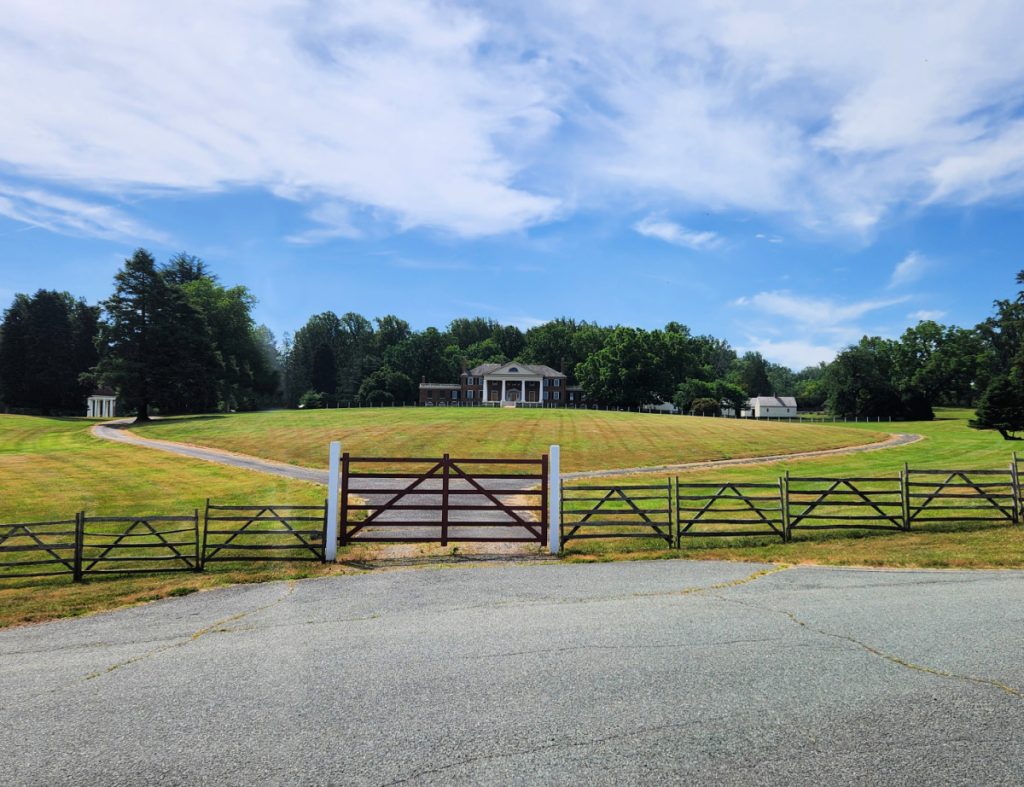
James Madison’s Montpelier is a significant site due to its association with Madison, who was the fourth President of the United States and the “Father of the Constitution.”
If you are looking for things to do in central Virginia and like to learn a little history then you may want to consider visiting Montpelier.
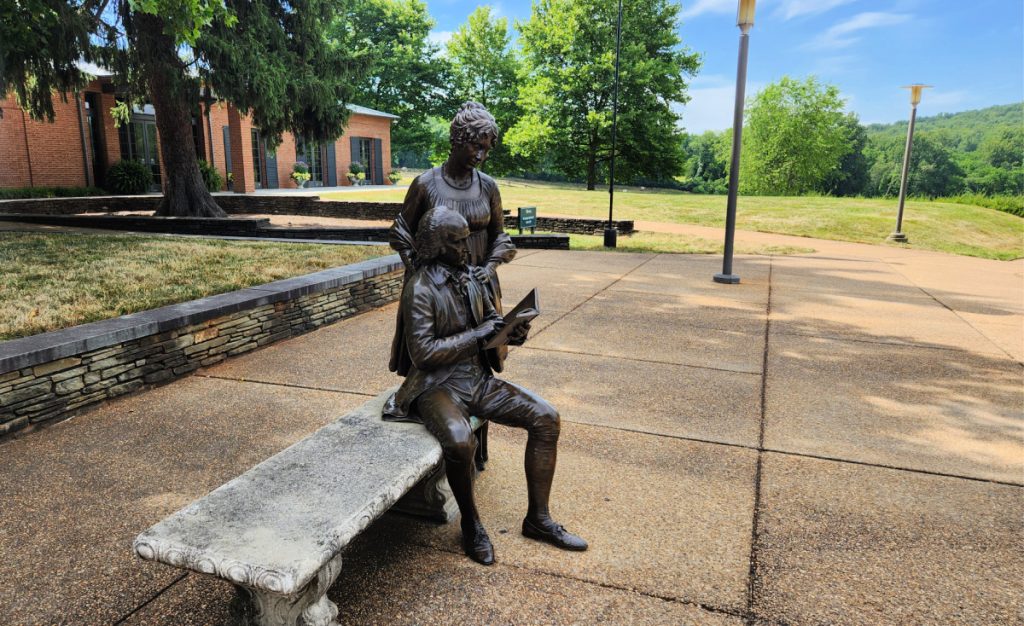
It is a place that is great to visit if you only have a few minutes to spend or if you have hours. They have both free things to do and learn as well as different paid budget-friendly options as well. So it really is a place with something for everyone.

They also have a gift shop and a cafe on the property. However keep in mind that the cafe is a simple one with light foods, drinks, and basic coffee. Nothing fancy but it works if you forget to pack a lunch.
Here’s a detailed look at the history and key details of James Madison’s Montpelier:
Early History and Construction
Pre-Madison Era: The land that would become Montpelier was originally settled in 1723 by James Madison’s grandfather, Ambrose Madison, and his wife, Frances Taylor Madison.
Initial Construction: James Madison’s father, James Madison Sr., built the original structure in the 1760s. This house was relatively modest, reflecting the colonial style of the time.
James Madison’s Influence
Inheritance and Expansion: James Madison inherited the property in 1801. He, along with his wife Dolley Madison, significantly expanded the estate between 1809 and 1812, adding a new wing and enhancing the structure to better reflect their status and needs.
Design and Style: The architecture of Montpelier reflects a blend of colonial and neoclassical styles. The expansions during Madison’s time added features such as a drawing room, a large dining room, and additional bedrooms.
Madison’s Residency
Political Life: Madison used Montpelier as a retreat from political life and a place to engage in intellectual pursuits. It was at Montpelier that he conceived many ideas that would shape the U.S. Constitution.
Post-Presidency: After his presidency (1809-1817), Madison retired to Montpelier, where he continued to work on political and philosophical writings.

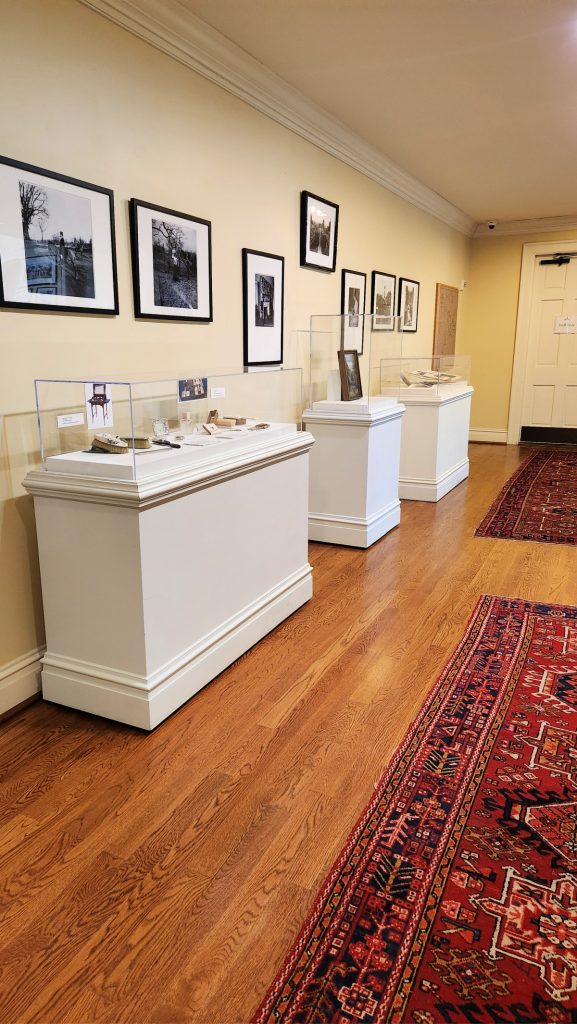
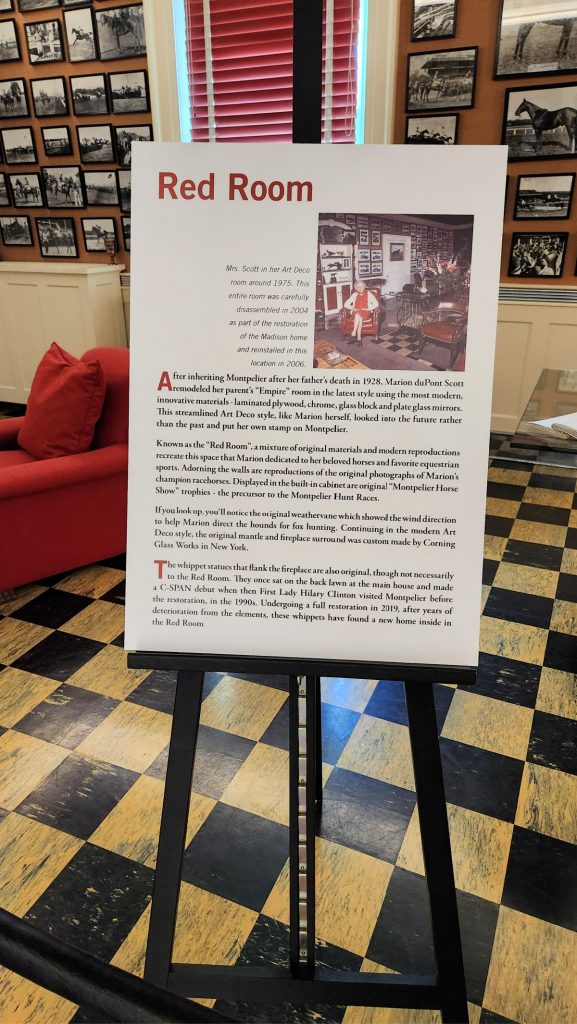
Post-Madison Era
Dolley Madison’s Sale: After James Madison’s death in 1836, Dolley Madison sold Montpelier in 1844 due to financial difficulties.
DuPont Ownership: In 1901, the property was purchased by William and Annie Rogers duPont. The duPont family made extensive renovations, adding new buildings and altering the grounds.
Preservation and Restoration
National Trust for Historic Preservation: In 1983, the duPont family transferred Montpelier to the National Trust for Historic Preservation.
Restoration Efforts: Significant efforts have been made to restore Montpelier to its appearance during Madison’s time. This includes removing later additions made by the duPonts and other owners.
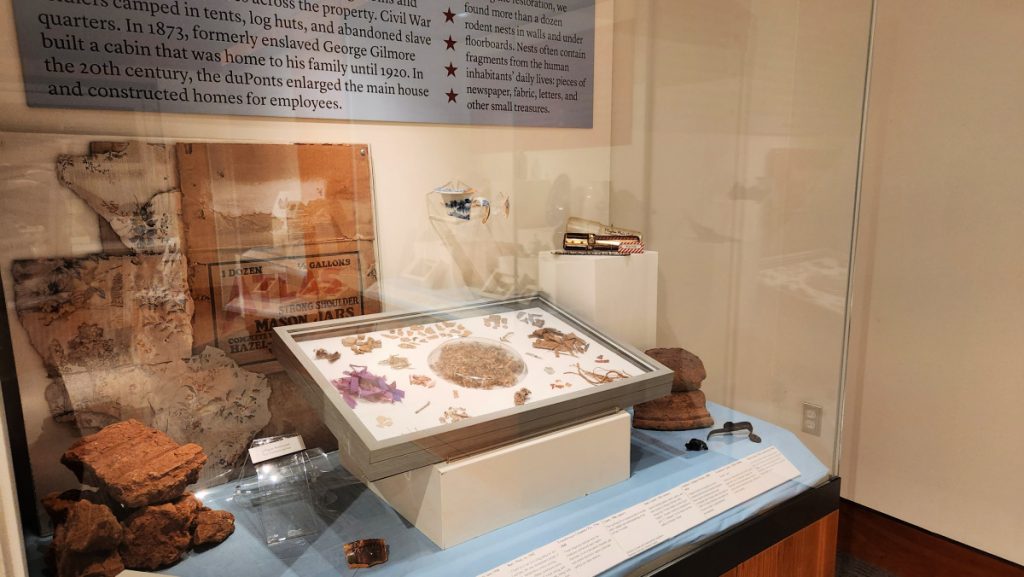
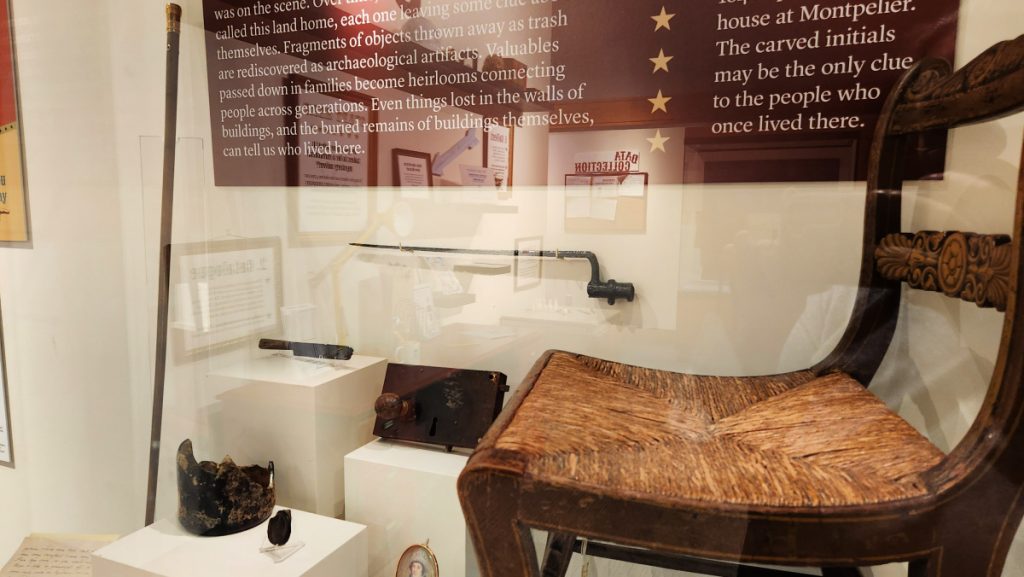
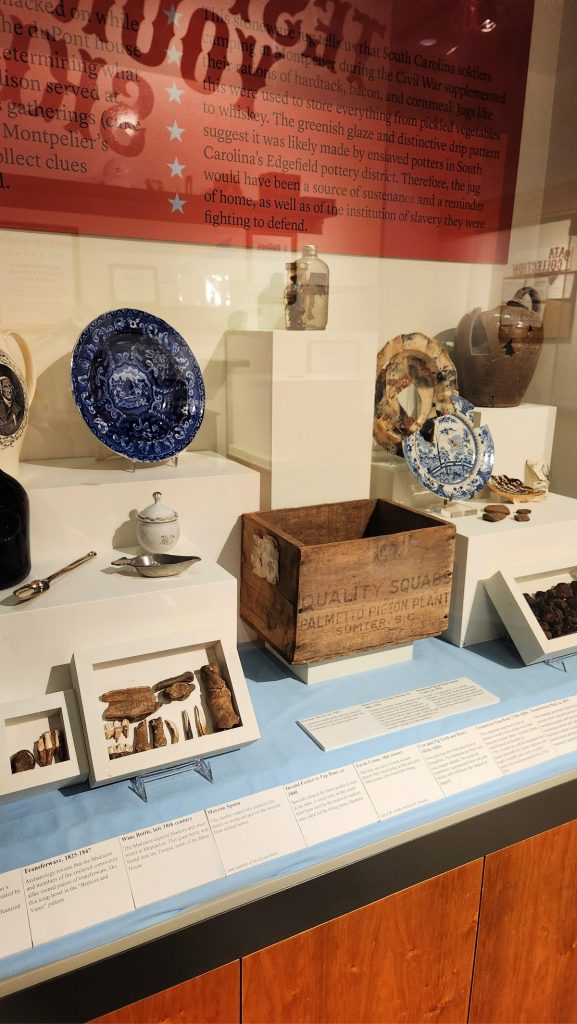
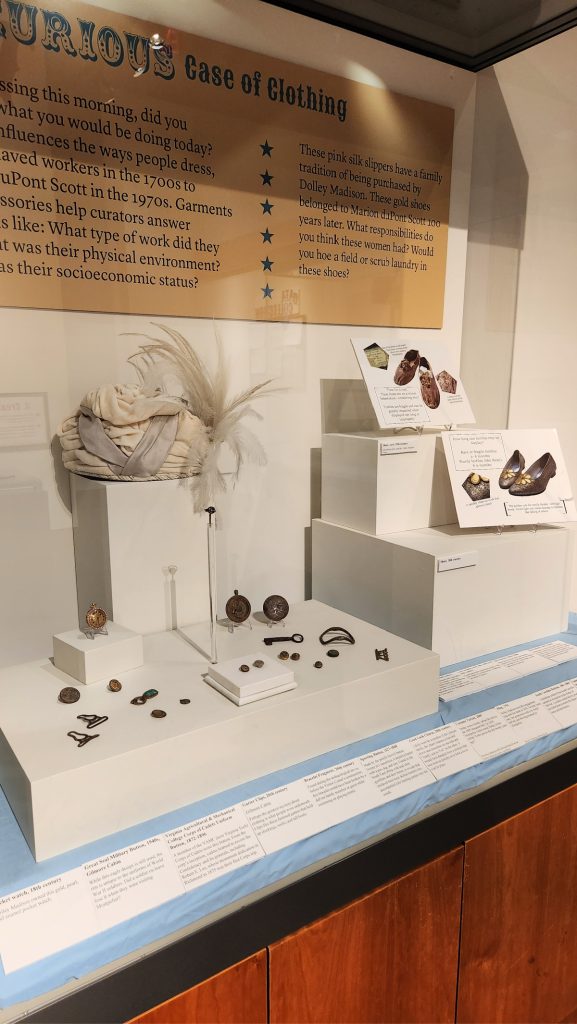

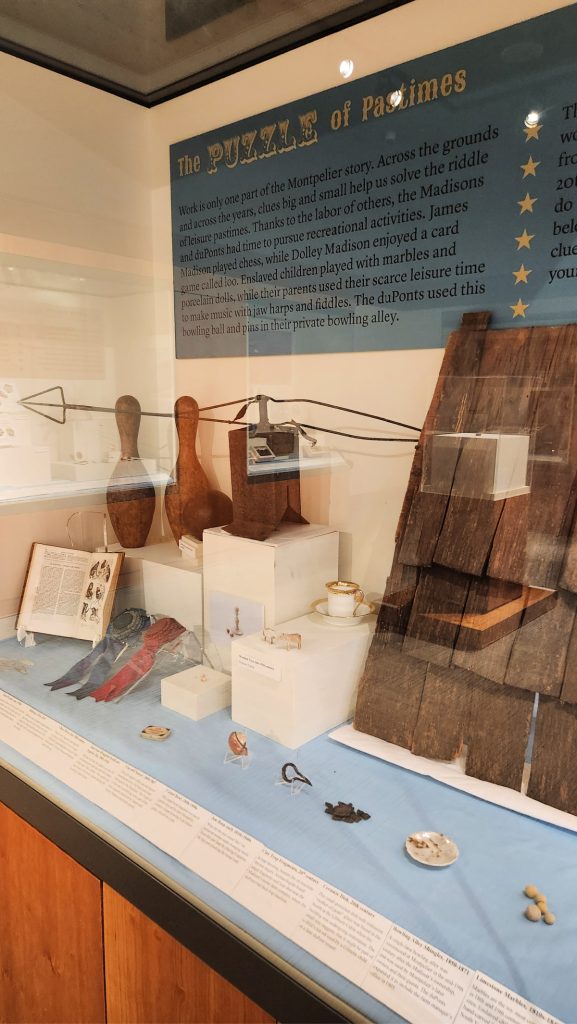
Current Status
Historic Site and Museum: Today, Montpelier functions as a museum and educational center. It includes the main house, reconstructed slave quarters, gardens, and numerous outbuildings.
Educational Programs: Montpelier offers various educational programs focusing on the life of James Madison, the Constitution, and the lives of the enslaved people who lived and worked on the estate.
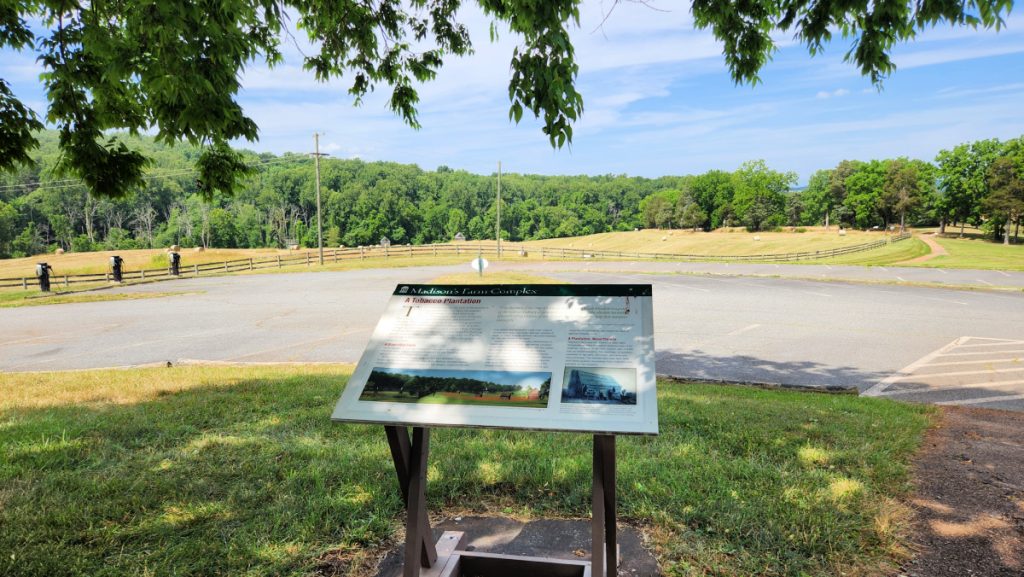
Key Features and Attractions
The Mansion: Visitors can tour the mansion, which has been carefully restored to reflect its appearance during Madison’s residence.
Exhibits: The property includes exhibits on Madison’s contributions to the Constitution, his presidency, and his personal life.
Archaeological Sites: Ongoing archaeological work at Montpelier has uncovered significant findings related to the lives of the enslaved community on the estate.
Gardens and Grounds: The beautifully restored gardens and grounds offer insight into the landscape design of the early 19th century. Montpelier stands as a testament to James Madison’s legacy and provides a comprehensive look into the early history of the United States, offering visitors a chance to explore the life and times of one of its key Founding Fathers.
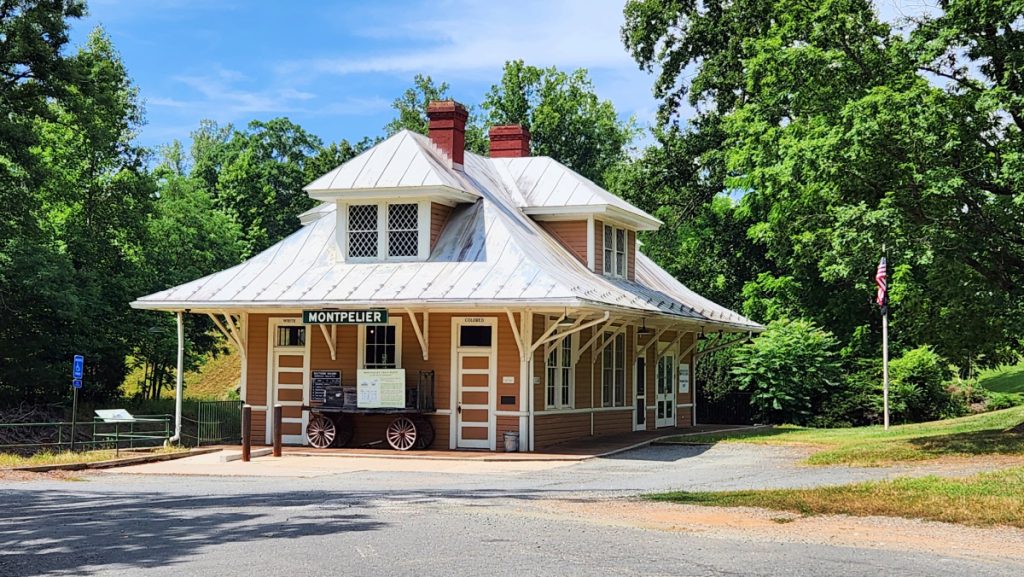
Outside The James Madison’s Montpelier Grounds:
Just outside the entrance to Montpelier is the former Montpelier train station. While visiting I would make a quick stop to see this one as well. This was another totally free history stop to check out.
If you are looking for other things to do in Virginia, you may want to check out our other things to do in Virginia.


Leave a Reply